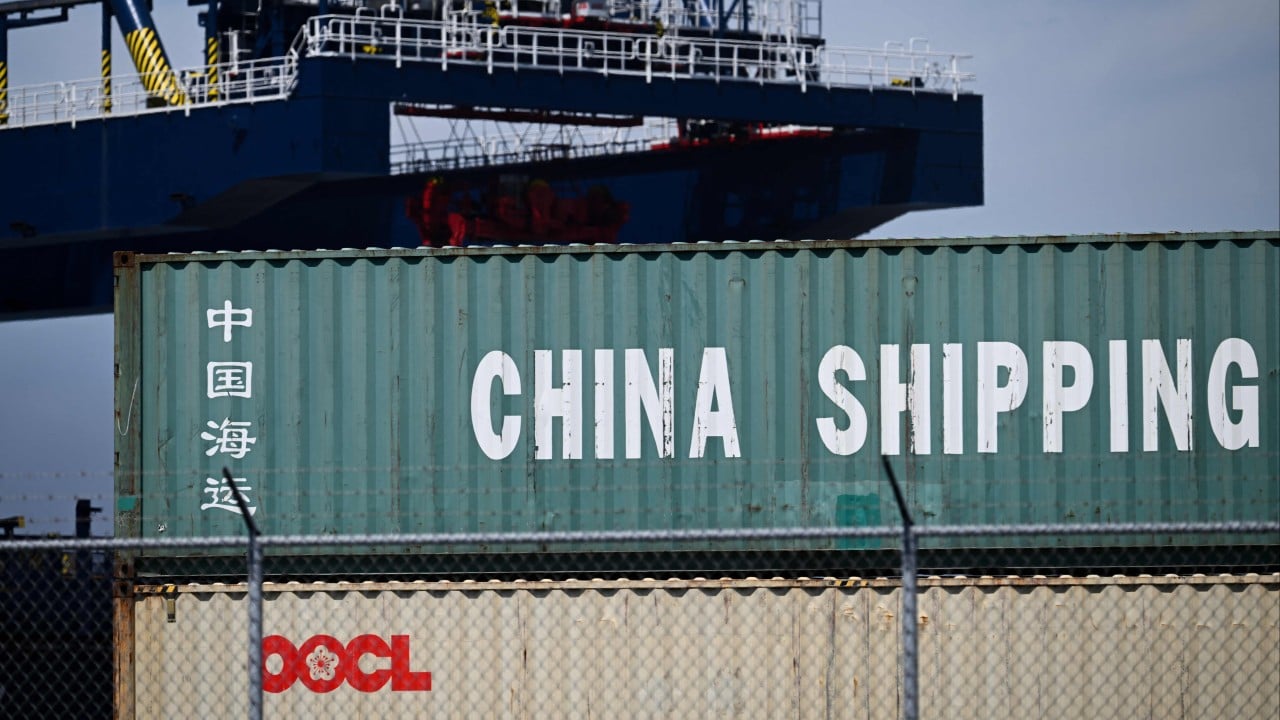The port-fee postponement announced by China and the United States offers a glimmer of relief to the shipping industry, but analysts warn that a one-year suspension is insufficient to eliminate persistent uncertainties, as maritime measures continue to serve as leverage in broader geopolitical tensions.
Advertisement
Following the highly anticipated meeting between Presidents Xi Jinping and Donald Trump in South Korea on Thursday, China’s Ministry of Commerce announced that the US would suspend its Section 301 investigation targeting China’s maritime and shipbuilding sectors and related measures for a year. And in response, China would subsequently pause its retaliatory port fee for the same period.
Although the US did not specify when the suspension would take effect, and China stated that it would only follow through if the US acts first, the agreement appears to offer a short-term reprieve – or at least sends a positive signal – amid continuous volatility in the shipping industry and global trade this year.
The World Shipping Council was “very encouraged” to hear the news and was looking forward to more specific details, the Washington-headquartered trade association representing the international liner shipping industry said by email.
“Global trade flows best when it flows freely, and a suspension of ship fees by the United States and China is a win for farmers, exporters and consumers. Avoiding additional costs helps keep trade competitive and maintains access to critical shipping lanes,” the trade body said.
Advertisement
At freight booking and payment platform Freightos, head of research Judah Levine said the suspension was unlikely to trigger a surge in transpacific freight demand, but it does provide supply-chain stakeholders with greater certainty and stability than at any previous point this year.
And at shipbroker Banchero Costa, global head of research Ralph Leszczynski said: “These policies on port fees on both sides were just a politics-driven decision which did not take into account the practical realities on the ground.”

